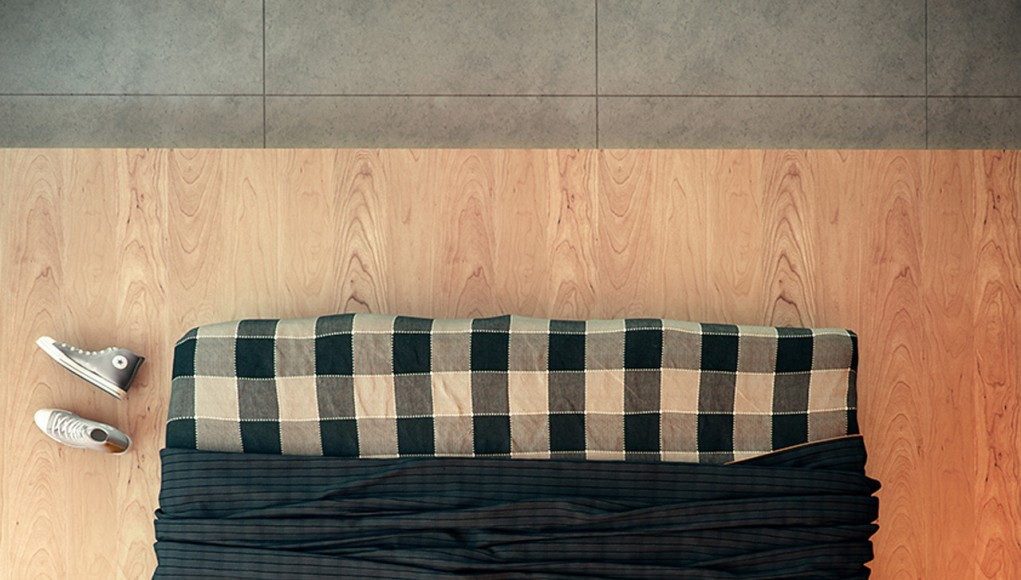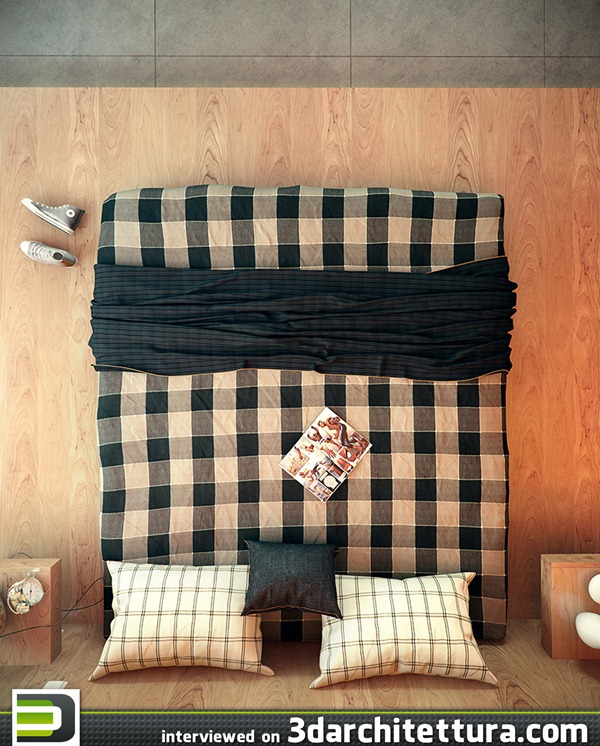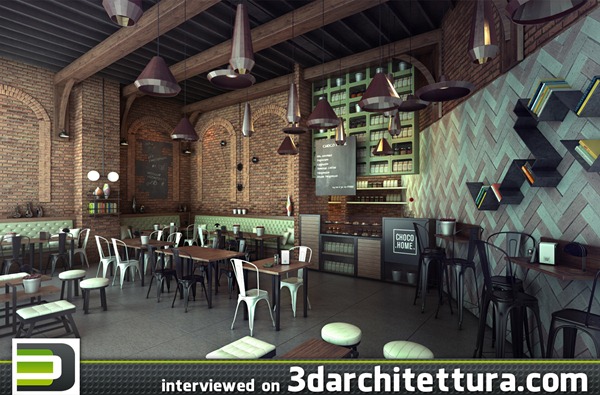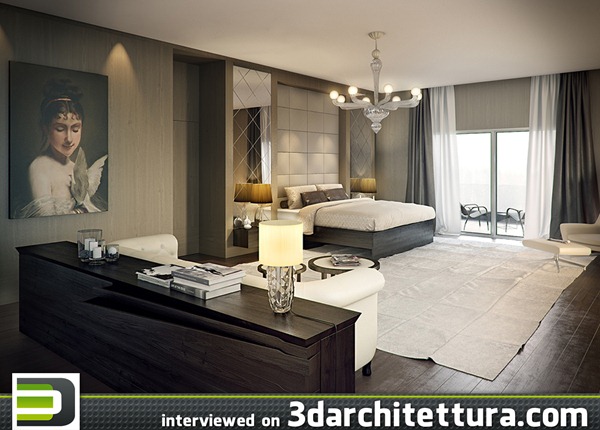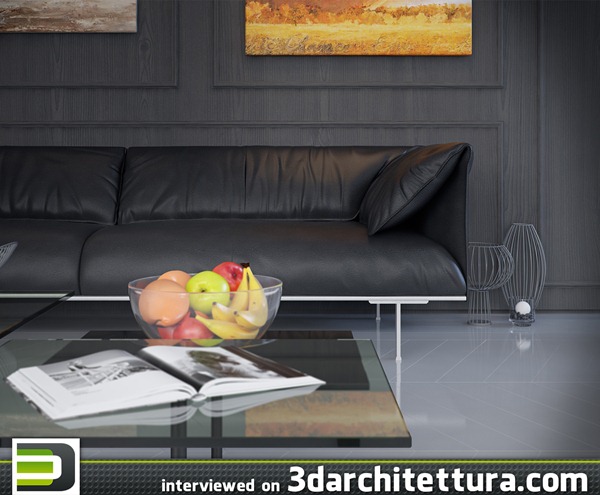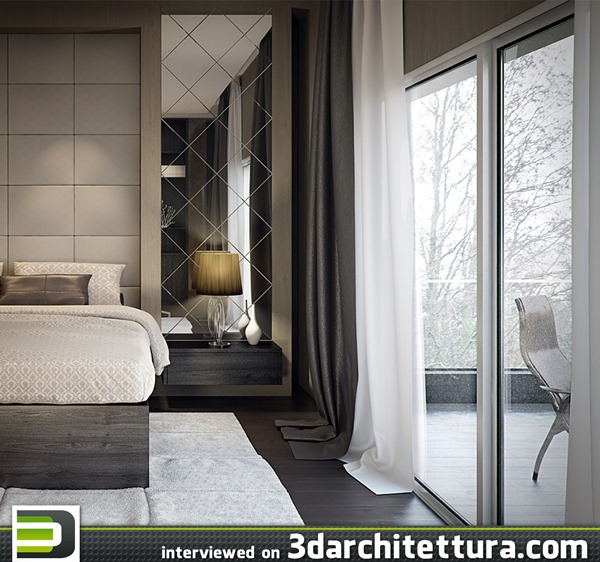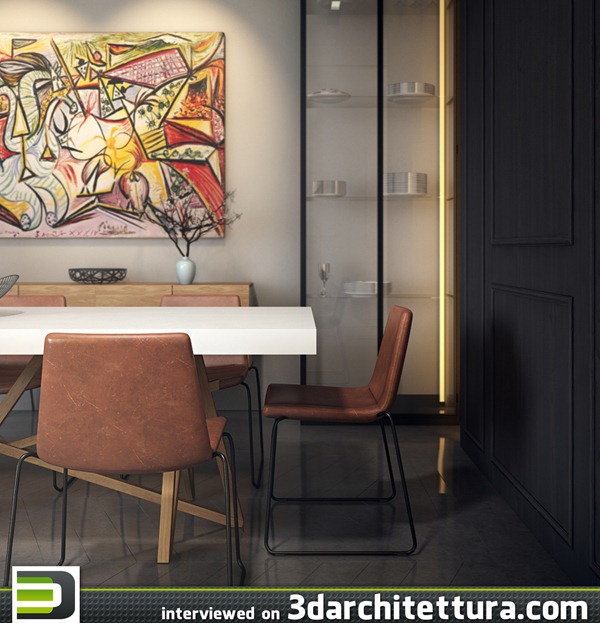Name: Sleiman Sbeih
Occupation: Founder of Kframe studio
Age: 28
Country: Lebanon
Web site: www.kframe.tv
Facebook
3DA: Why have you decided to work in 3d-field and when have you started?
SS: To answer this question with complete honesty and without any “Beauty queen pageant” nonsense. Well… I was a student studying interior architecture in my first year and at that time I was still taking my allowance from my parents which was very low, so I was introduced to “digital perspectives” as I used to call it at the time by my friend Hassan Mourad, which he was already making some money out of it.
I decided to learn 3ds Max in a week, so I can freelance other student’s projects, which I did after two weeks and the results were ok, but the workflow was a joke and everything seemed to be blended in each other and looked funny, but thank god that clients only see the final result and not the workflow. Therefore, with the help of my friend, mentioned above, I came through. And to answer your question in short words, I entered this domain to make extra cash.
3DA: Describe to our readers your usual workflow
SS: Well, after our quotation gets accepted we immediately start modeling. While other artists or studios start by doing some research, we don’t do that. Instead, we start diving into the real work immediately. Don’t get me wrong, sometimes we actually do some research, if the project is a tough one. Maybe it is better to do research for every single image we produce, but I rely on my feelings and emotions at that exact time while I was working on my piece. I try not to get effected by other people’s work or inspirations while am working. The only thing that affects me is what I saw and felt that morning. Sometimes my client receives his piece and after he modifies it a couple of days later, he gets a slightly different approach of that image based on my state of mind at that time or perhaps what I ate that day.
After we model our project including all the furniture, that sometimes our clients specifically ask for, we start with lighting and texturing. After the render is done we jump into photoshop to wrap up our image. Also in our pipeline we mainly rely on the following softwares: 3ds Max for modeling – Vray for rendering – Marvelous Designer for cloth – Photoshop for postproduction – Mudbox for sculpting with also several plugins and scripts which would be endless mentioning them all.
3DA: What was most difficult for you when you just started working in 3D? And what is now?
SS: Back in the day everything was difficult because of the lack of information. Nowadays everything is easy, since with every obstacle you encounter, you can immediately look the problem up on the internet and you would most probably find a solution. The only challenge nowadays is creating your own style and not mimicking other artists, and to be honest am still at the verge of discovering my own style. Currently, I am working on my first personal project which I hope would be a hit in the cg community, so stay tuned to see it first hand.
3DA: Looking back on your education process what you would have changed now? And what you consider right and would do exactly the same?
I don’t think I would change anything, because what I have learned through the years made me the artist I am now and I can’t imagine a different reality or education process. But if I did have a different education process, I would be saying the same because I wouldn’t know my current process. So in short… I am a self-taught artist that learnt from his mistakes and is still learning. What I did, defines me. But if I did it any other way it would have defined me in another way. I am satisfied and every artist should be because it’s the path He/She choses.
3DA: Which was the biggest problem that you faced working on a project and how have you solved it?
SS: The biggest problem any artist could have is the misunderstanding between the artist and the client, especially when a client has a vision and can’t explain it to the artist, in order to make the piece whole in the client’s point of view. I had this problem several times with some hard satisfied clients, and my solution is always the same, which comes from a personal rule of mine, “NEVER LOOSE A CLIENT” . I repeat the whole process again until I give my client what he envisions even if it means that I have to lose money and time at that expense. Under this question of yours I want to address an advice to other artists, “Never lose a client since it would be a negative impact on your business, and don’t underestimate the power of word-of-mouth.”
3DA: What forecast you can make about the future of 3d-world in general?
SS: I believe that Augmented Reality is the future regarding Architectural Visualization. I think that in the near future, artists would create their art work and deliver the project to the client, which he/she, would preview through a special eyewear that would allow him/her through virtual realism to live feed as if he/she is inside the room. This technology currently exists, but this future will only exist if all people have access to a universal product that they would be wearing throughout their normal life. Perhaps in the form of a Contact Lens.
Check this one out and you would know what am talking about. This guy’s name is Michio Kaku and he talks about near future real life physics and mechanisms, including virtual reality contact lenses.

 Russian
Russian
















